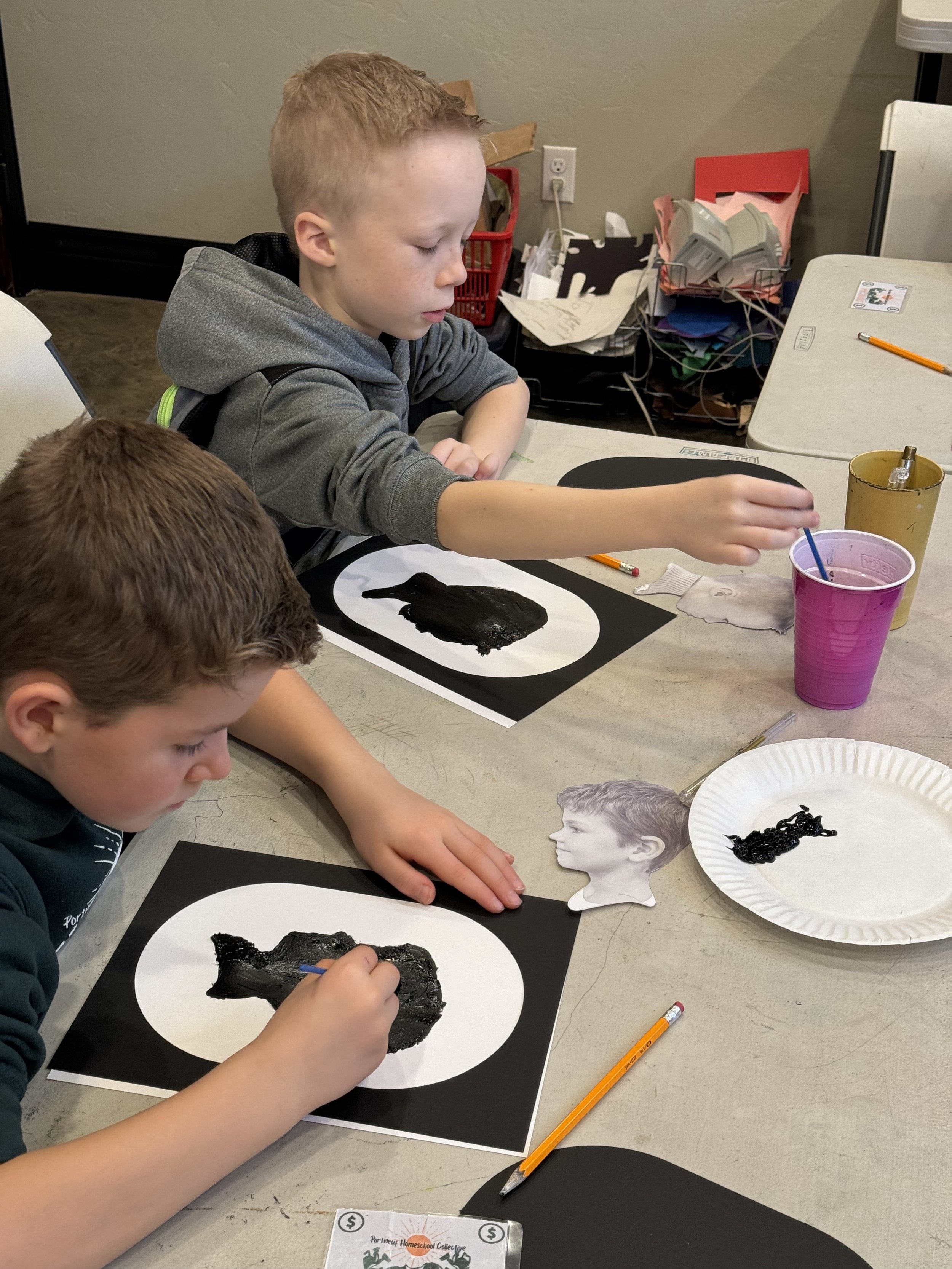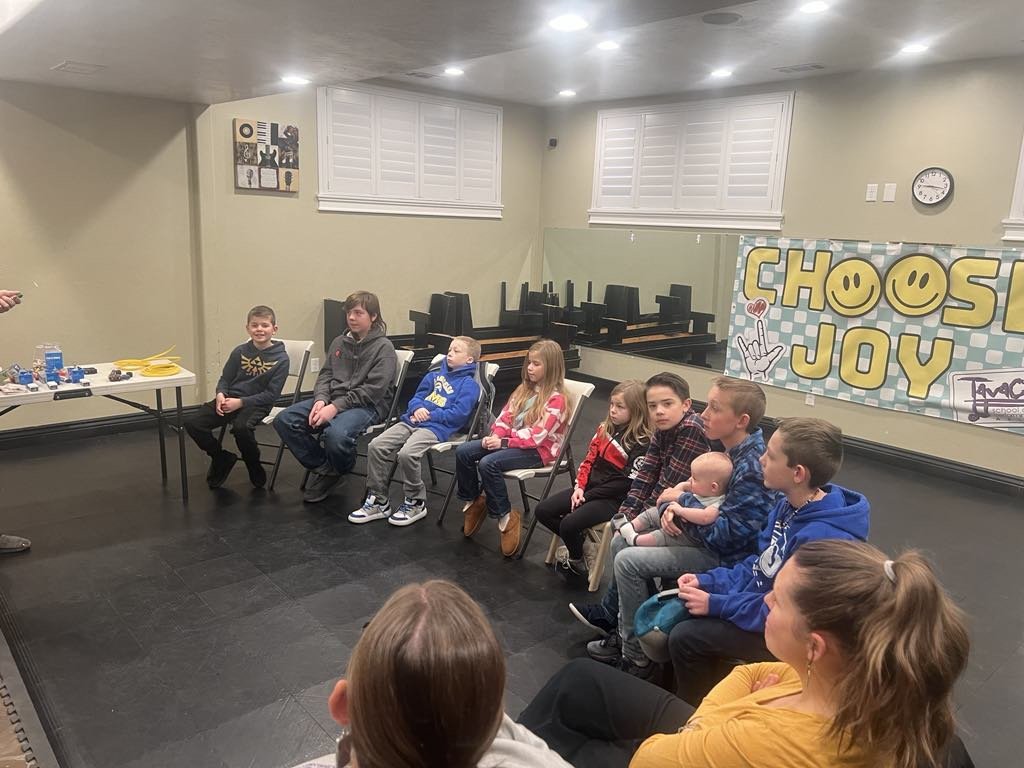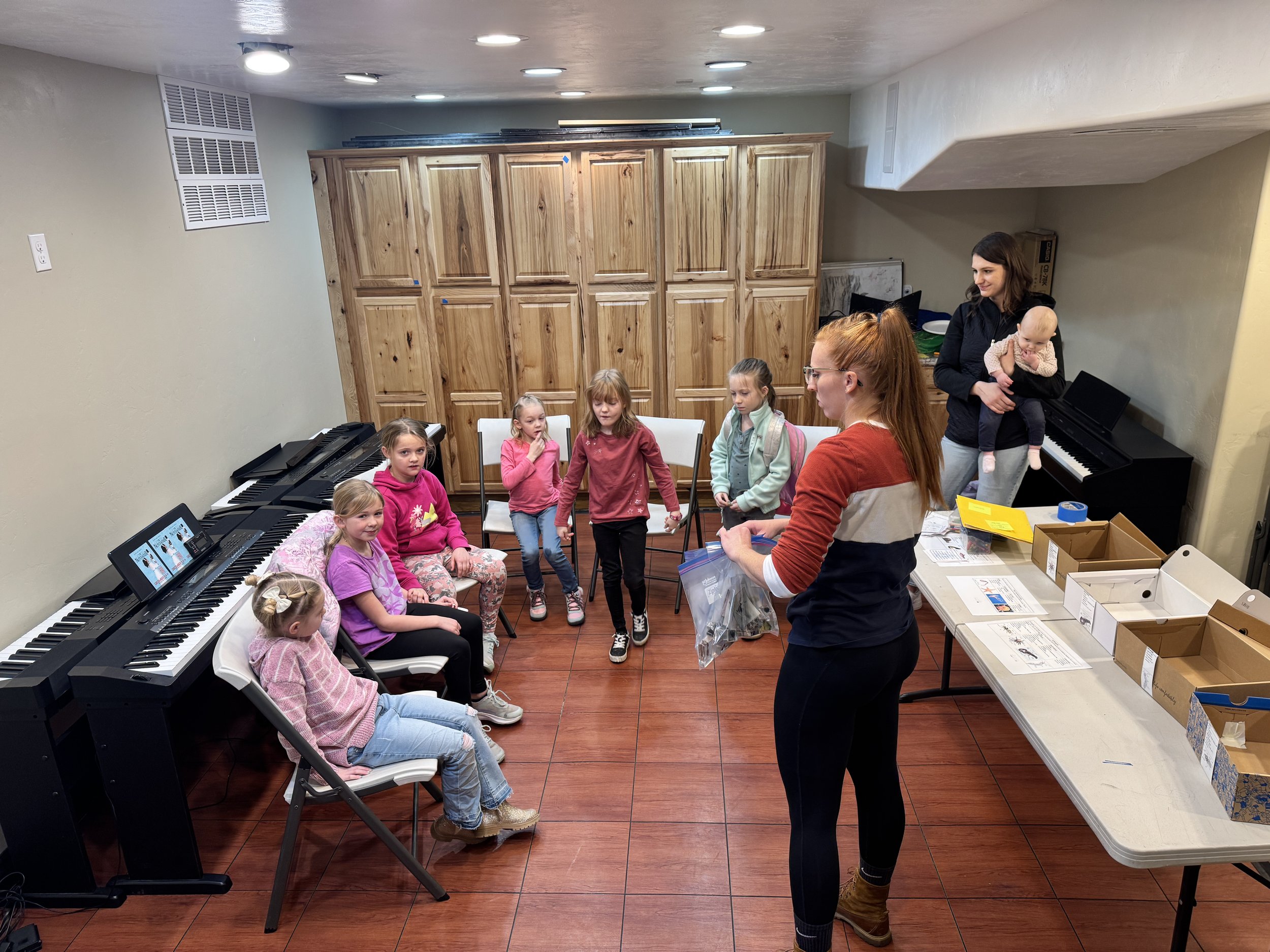
Classes
Classes are created and designed by the parents who teach them, drawing on their unique expertise, interests, and educational backgrounds to develop engaging curriculum that meets the needs of the collective's children. This parent-led approach ensures that course content aligns with homeschooling families' values and educational goals while providing authentic learning experiences grounded in real-world knowledge and skills. The teaching parents often incorporate their professional experiences, hobbies, and passions into their class designs, resulting in distinctive educational offerings that might include specialized science experiments, creative writing workshops, historical reenactments, or hands-on art projects that wouldn't be available in traditional educational settings.
Each class has 3-4 teachers to help rotate and support each other, creating a sustainable teaching model that prevents burnout and allows for diverse instructional approaches. This collaborative teaching structure provides multiple benefits: it distributes the workload of lesson planning and classroom management, enables teachers to focus on their areas of strength, and ensures continuity when a parent-teacher is occasionally absent. The rotation system also means that students benefit from various teaching styles and perspectives, enhancing their learning experience and helping them develop adaptability. Furthermore, this approach fosters mentorship opportunities among parents, as more experienced educators can guide those who are newer to teaching, creating a supportive environment where teaching skills are continuously developed and refined.
The multi-teacher model also facilitates differentiated instruction within each class, as one teacher might lead the main lesson while others provide support to students who need additional help or enrichment. This team-based approach allows for more personalized attention and creates a dynamic classroom environment where various learning styles and needs can be accommodated effectively. Additionally, having multiple teachers present means that classroom management and safety concerns are addressed more efficiently, particularly during hands-on activities or experiments that require closer supervision. The collaborative nature of this teaching arrangement exemplifies the collective's core philosophy that education thrives through community effort and shared responsibility, modeling for students the power of cooperation and mutual support.
Teacher Choice























